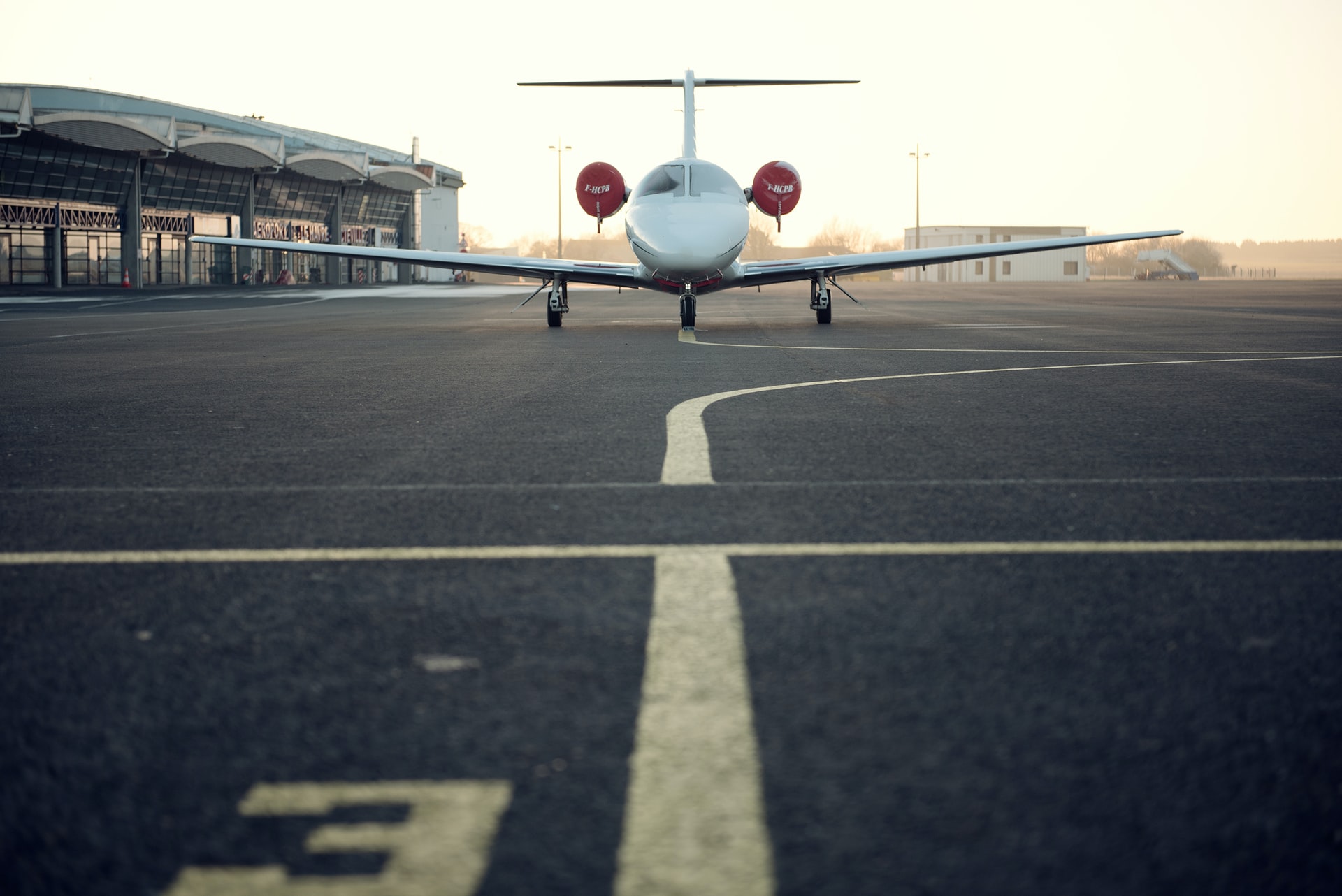
Summary
Goals
Approach
Result
Lessons
On Sunday 17 March 1977, a terrorist bombing took place at Las Palmas airport on Gran Canaria. As a result, aircraft had to land at Los Rodeos airport on Tenerife and wait there until it was safe to fly to Las Palmas again. Among the planes that had to divert to Los Rodeos were a KLM Boeing 747 and a Pan Am Boeing.
After the landing at Los Rodeos, it is very busy there because of all the aircraft that have been diverted. Around three o'clock in the afternoon, the news arrives that the airport of Las Palmas will open again. The KLM and Pan Am Boeings cannot taxi past the other aircraft on the runway, because they are parked at the end of the runway. The KLM aircraft is therefore instructed to taxi via the runway, and not long afterwards, the Pan Am Boeing receives the same instruction. Due to the dense fog and the absence of exit signs (which are normally present), the Pan Am Boeing missed the exit. Meanwhile, the KLM aircraft was ready for takeoff. Due to a miscommunication between the KLM pilots and air traffic control, the KLM captain believes that takeoff is imminent.
Only when it was already too late did the pilots see each other coming. The Pan Am Boeing tried to swerve and the KLM plane tried to take off quickly, but failed. This resulted in the largest air disaster ever in which 583 people lost their lives. None of the 248 KLM passengers survived and 335 of the 396 Pan Am passengers did not survive the disaster. Aviation has learned a lot from this disaster and has become much safer. This is mainly due to the fact that pilots, technicians and ground staff are now allowed to make mistakes and to speak openly about them so that everyone can learn from them. The threshold has also been lowered for lower-ranking personnel to address the pilot in command. When the KLM pilot wanted to take off without permission, a flight engineer asked whether the Pan Am aircraft had left the runway, but in those days it was more difficult to really go against a captain. So now this has improved considerably.
The worst air disaster ever occurred on the runway of the airport on the Canary Island of Tenerife. Two Boeings collided there at full speed. One Boeing did not have take-off clearance yet, but other circumstances also played a role. It was very foggy and there was confused communication with the control tower. Since then, flying has become much safer. Airline staff are allowed to make mistakes and admit them, so that everyone can learn from them.

Comments (0)